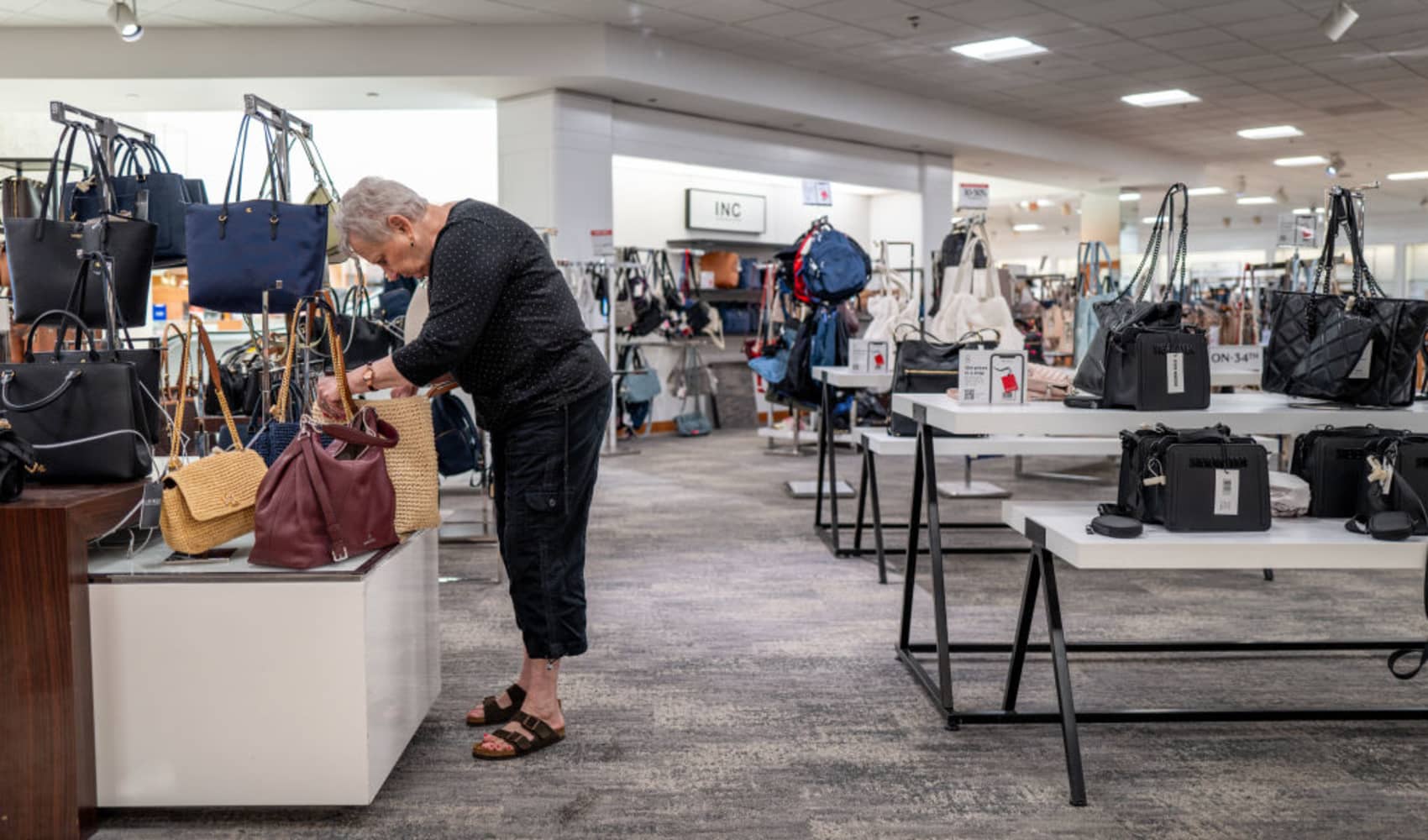Across America’s prominent department stores, the accelerating impact of tariffs is becoming increasingly evident, manifesting as discernible price hikes in key consumer categories such as apparel, footwear, and bags. A comprehensive analysis by DataWeave reveals May as a critical turning point, marking a significant acceleration in these tariff-triggered price adjustments across major chains including Macy’s, Nordstrom, and Dillard’s. As Bill Simon, former CEO of Walmart, aptly noted to CNBC, “Companies are mitigating what they can and are passing on the rest,” signaling a broader inflationary trend impacting the American retail landscape.
DataWeave’s meticulous tracking of nearly 15,000 Stock Keeping Units (SKUs) from January to June offers a clear statistical window into this pricing phenomenon. Their findings indicate that footwear, particularly susceptible due to steep baseline duties and heavy reliance on Chinese manufacturing, has seen prices surge by as much as 4% above January levels at certain retailers. Apparel, while showing a more gradual ascent, has increased at roughly half that pace. Specifically, Macy’s reported a 4.2% price increase across its 1589 footwear SKUs, followed by Nordstrom at 3.1%, and Dillard’s at 2%, illustrating a consistent upward trend that, while perhaps varying slightly between online and in-store, maintains a unified trajectory.
The speed at which these price hikes arrive is heavily influenced by product type and sourcing strategies. Private-label lines, often manufactured in China and subject to frequent refreshes, enable retailers like Macy’s and Nordstrom to feel higher landed costs almost immediately. Footwear exemplifies this rapid transmission, with even modest levies rippling through the supply chain swiftly once fresh stock arrives in distribution centers. In contrast, apparel, characterized by longer design cycles and a more diversified global supply base, is experiencing price adjustments more gradually, as noted by Karthik Bettadapura, co-founder & CEO of DataWeave. Meanwhile, attempts to gather comments from affected retailers such as Macy’s, Nordstrom, and Dillard’s were met with no response, underscoring the sensitive nature of these shifts.
This granular SKU data aligns with broader industry sentiment, reinforced by a recent survey from the Footwear Distributors and Retailers of America, where a significant 55% of respondents anticipate their average retail prices to climb between 6% and 10% by 2025 due to ongoing tariffs. Stephen Lamar, CEO of the American Apparel and Footwear Association, confirmed the inevitability of these increases, stating, “With all back-to-school styles now facing tariffs of between 10-30 percent, higher prices should not be a surprise this summer.” He added that while companies make individual decisions, these tariff-induced costs are now being felt universally across the industry.
Beyond footwear, the apparel sector has also seen notable increases, with DSW leading at a 2% rise, followed by Macy’s at 1.9%, and Nordstrom at 1.8%, according to DataWeave. In the bags category, including a wide array of items from handbags to backpacks, outdoor recreation retailer REI registered the highest increase at 2.6%, while Dillard’s, Macy’s, and Nordstrom observed more nominal adjustments. Jonathan Gold, vice president of supply chain and customs policy at the National Retail Federation, acknowledged retailers’ persistent warnings about tariff impacts, noting that while mitigation efforts have been made, merchandise subject to these tariffs is now clearly making its way onto store shelves, affecting consumer prices directly.
The ultimate determinant of these tariff-driven inflationary trends, according to Bill Simon, rests with the consumer. He posits that consumers act as the “final arbiter,” influencing market dynamics through their purchasing decisions. If an item’s price rises due to tariffs, consumers may opt for alternative products within the same category that are less affected or entirely exit the category. Simon’s analogy of a consumer choosing oranges over tariff-inflated bananas illustrates how, despite item-level price increases, broader inflation might be tempered by shifts in consumer behavior, demonstrating the power of demand in challenging prevailing pricing structures.
Economists are keenly observing these developments, with Peter Boockvar, chief investment officer at Bleakley Financial Group, asserting that inflation is indeed underway, citing recent rises in core import prices. The critical question remains how these costs will propagate through the supply chain and who ultimately bears the burden. Federal Reserve Chair Jerome Powell has indicated a cautious approach, waiting for the tariffs to fully work their way through the economic system before making definitive policy decisions. As the back-to-school shopping season approaches, industry watchers like Karthik Bettadapura will closely monitor intake to gauge whether this pricing momentum accelerates further or begins to level off, providing crucial insights into the enduring impact of current trade policies on the US economy.
Discover more from The Time News
Subscribe to get the latest posts sent to your email.






